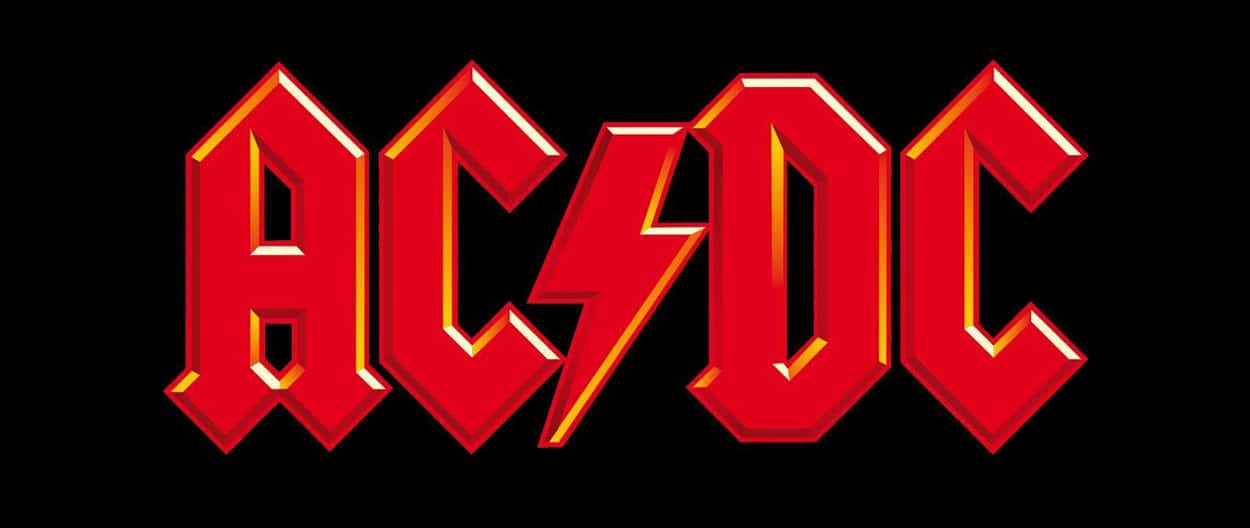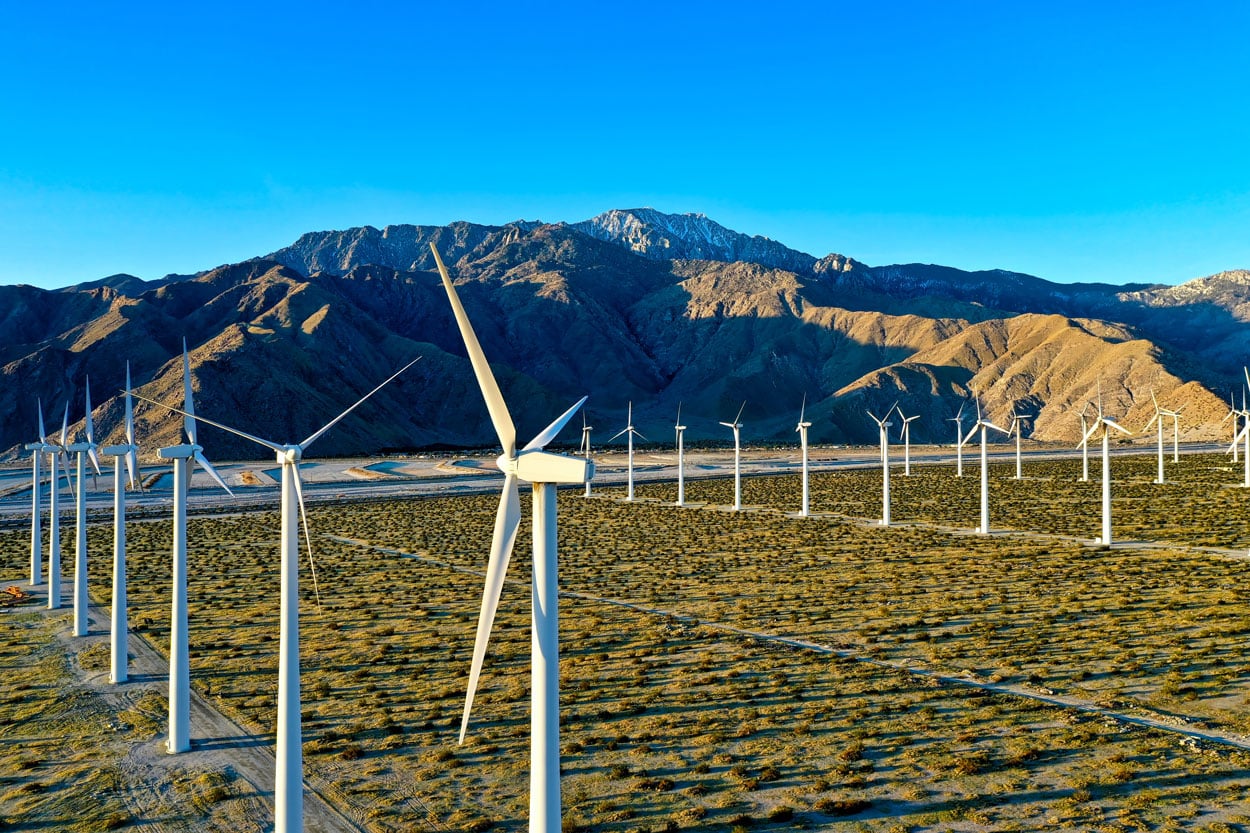AC Microgrids and DC Microgrids are defined as a decentralized network of loads and energy generation units located within specified electrical boundaries. They possess the ability to perform their operations under the wide-area grid network or in their ‘island mode’, where they operate on their own without exterior influence. In the United States, the microgrid industry is relatively new. According to the statistics available from the Center for Climate and Energy Solutions, there are 160 established microgrids around the US. Although these microgrids currently supply less than one percent of the nation’s energy requirements, that figure is predicted to jump significantly in the near future.
Microgrids can be classified into two main groups: AC and DC (“Alternating Current” and “Direct Current”) microgrids based on their operational setup. Following is a brief description of each of these types along with their relative pros and cons.

AC Microgrids
AC microgrids connect the various energy generation sources and loads in their network using an AC bus system. Typically, AC microgrids consist of distributed generation sources such as renewables, and conventional power generation sources such as engine-based generators. These distributed generators are connected through an AC bus system with an energy storage medium like battery energy storage system (BESS). Renewable generators such as solar photovoltaic, wind turbines, etc. produce DC output. This output can be converted into AC through power electronic-based converters.
Advantages of AC Microgrids
- Capability of integrating with conventional utility grid or in islanded mode make them versatile
- Compatibility with AC equipment such as AC-based loads like motors. This equipment can be powered easily with the AC supplied from the microgrid
- No inverter requirement for AC loads
- Cost efficiency in the power protection systems
- Higher load availability for AC loads
Disadvantages of AC Microgrids
- Lower conversion efficiency
- Expensive converters (such as DC-AC converters)
- Difficult controllability due to the factors of frequency, voltage regulation, and unbalance compensation
- Lower power supply reliability can hinder the performance of equipment that requires an adequate power supply for high-performance needs
- Lower transmission efficiency than their DC counterparts

DC Microgrids
The operational principle of DC microgrids is quite similar to their AC counterparts. The main difference between them is the DC bus network for interconnection rather than the AC bus which interconnects the distributed generators and loads in the network. The operational voltage of these DC buses often ranges from 350 to 400 Volts.
The main DC bus can be branched into other low voltage buses to fulfill the low voltage requirements for electronics-based loads. Conversely, high voltage gain DC-DC converters in DC-type microgrids increase the feasibility of connecting low voltage power sources like solar modules (typically 20-45V) by boosting them to the high voltage DC bus. These converters can be classified based on the extent of their voltage gain/power handling operation.
Advantages of DC Microgrids
- Higher conversion efficiency makes them an ideal option to run high-performance electrical machinery
- Lower cost converter systems that can provide the additional cost benefits apart from the renewable energy cost reduction factor
- Higher transmission efficiency due to no reactive current
- Higher power supply reliability even in the remote locations
- Relatively small cabling due to high voltage at low amperages
- Convenient controllability system that suffices without causing complexities such as synchronization, harmonics, reactive power control, and frequency control
Disadvantages of DC Microgrids
- Immature power protection systems for DC microgrids can be a risk factor, especially for sites that involve sensitive electrical loads
- The higher initial investment can become an obstacle in their implementation
- Less market awareness with DC microgrids
- Lower compatibility with the AC loads, proportional to the number of AC-based loads
- Greater likelihood of voltage drop issues when no reactive power sources are present, particularly for larger systems
- Greater complexity and costs when attempting to retrofit an existing AC system to DC
Why Choose Microgrids?
There are several reasons behind the popularity of microgrids. First is their ability to incorporate a variety of energy generation methods, particularly renewable energy. Second, their adoption ensures uninterrupted energy supply in areas with an unreliable centralized power grid or severe weather events. This makes them an attractive option for areas facing severe climate patterns. Lastly, there are considerable potential cost savings associated with microgrids.

Renewables help significantly in achieving both cost efficiency and lowering dependency on conventional energy resources. This approach is particularly successful in remote industrial locations such as mining sites which have previously had to rely on diesel and other conventional power solutions. A study published by Energy and Mines notes that a 1 MW solar component of a hybrid power facility can save 450,000 liters of diesel and US$500,000 annually.
The United States Energy Information Administration estimates that the industrial sector uses over half of the planet’s delivered energy, and predicts this figure will continue to grow. Rising energy costs and the need for decarbonization of both energy production sources and end-use technologies puts increasing pressure on both energy producers and users. The introduction of microgrids with renewable energy generators can not only provide the solution to these challenges but also a smart investment opportunity for the industrial sector.
Choosing the Right Microgrid
The combined need to reduce our carbon footprint, increase resilience, and increase savings suggests that microgrids are an increasingly valuable approach for many industries. The incorporation of microgrids can play a very significant role in providing cost-efficient, reliable, decarbonized power. No two sites are the same, however, with varying geographical, physical, financial, and energy requirements.
Designing, financing, sourcing, and delivering the right microgrid for a specific location is a complex process. VECKTA is the leading global marketplace for design, optimization, and procurement of complete Distributed Energy Systems (DES), with a special focus on industrial microgrids. Contact VECKTA today to learn more about taking control of your energy future.
Photo credits: (AC/DC logo / Leidseplein Presse B.V.) (Magic K / Pexels) (Cameron Venti / Unsplash)
